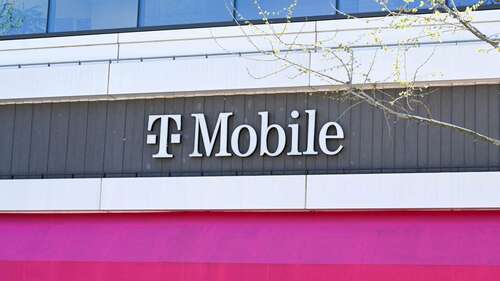
A new technology called “UL Tx switching” may provide a massive leap in 5G upload speeds. Tests of UL Tx switching, which were conducted by T-Mobile, resulted in 345 Mbps uplink speeds on the Sub-6 5G band. The previous record was just 275 Mbps.
As you may know, 5G networking relies on a mix of mmWave, low-band, and mid-band spectrums. Most of your 5G networking occurs on the mid-band (Sub-6) spectrum, which offers a decent mix of speed and reliability. Very few people have access to super-speedy mmWave 5G, as it has a fairly short range and is prone to interference.
The new UL Tx switching technology is an upgrade for existing Sub-6 5G networks. It artificially creates more uplink bandwidth by flipping a user through different combinations of Sub-6 frequencies. UL Tx switching also utilizes SU-MIMO (single user multiple input, multiple output), which provides multiple simultaneous upload streams for mobile devices.
T-Mobile paired up with Qualcomm and Nokia to test the capabilities of UL Tx switching. These tests, which were conducted in North America, relied on Qualcomm’s AI-powered Snapdragon Modem-RF system and Nokia AirScale networking hardware. As it turns out, UL Tx switching can provide a 25% boost in Sub-6 5G upload speeds. T-Mobile reached 345 Mbps upload speeds, shattering the 275 Mbps record it set in January 2024.
Simultaneous tests were conducted in Australia by Qualcomm, Telstra, and Ericsson. The Australian tests utilized a consumer-grade NetGear Nighthawk M6 Pro mobile router, which is far more accessible than Nokia AirScale hardware. The Nighthawk M6 Pro managed to reach uplink speeds of 340 Mbps—a few megabits shy of the North American results, but a great achievement nonetheless.
Note that UL Tx switching does not improve download speeds. Still, a boost in Sub-6 5G uplink speeds may be hugely beneficial when making video calls, uploading large files, playing online games, and performing other everyday tasks. This is particularly true in homes that use a 5G modem instead of a traditional broadband modem.
Unfortunately, we don’t know when UL Tx switching will be deployed. The real-world benefit of UL Tx switching is also unknown, especially in regard to old or inexpensive 5G modems. If you want to learn more about UL Tx switching, check out ZTE’s whitepaper.

